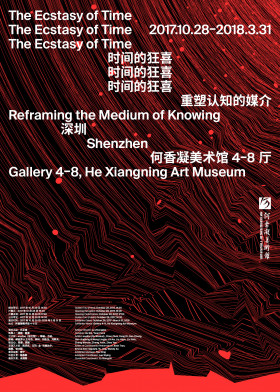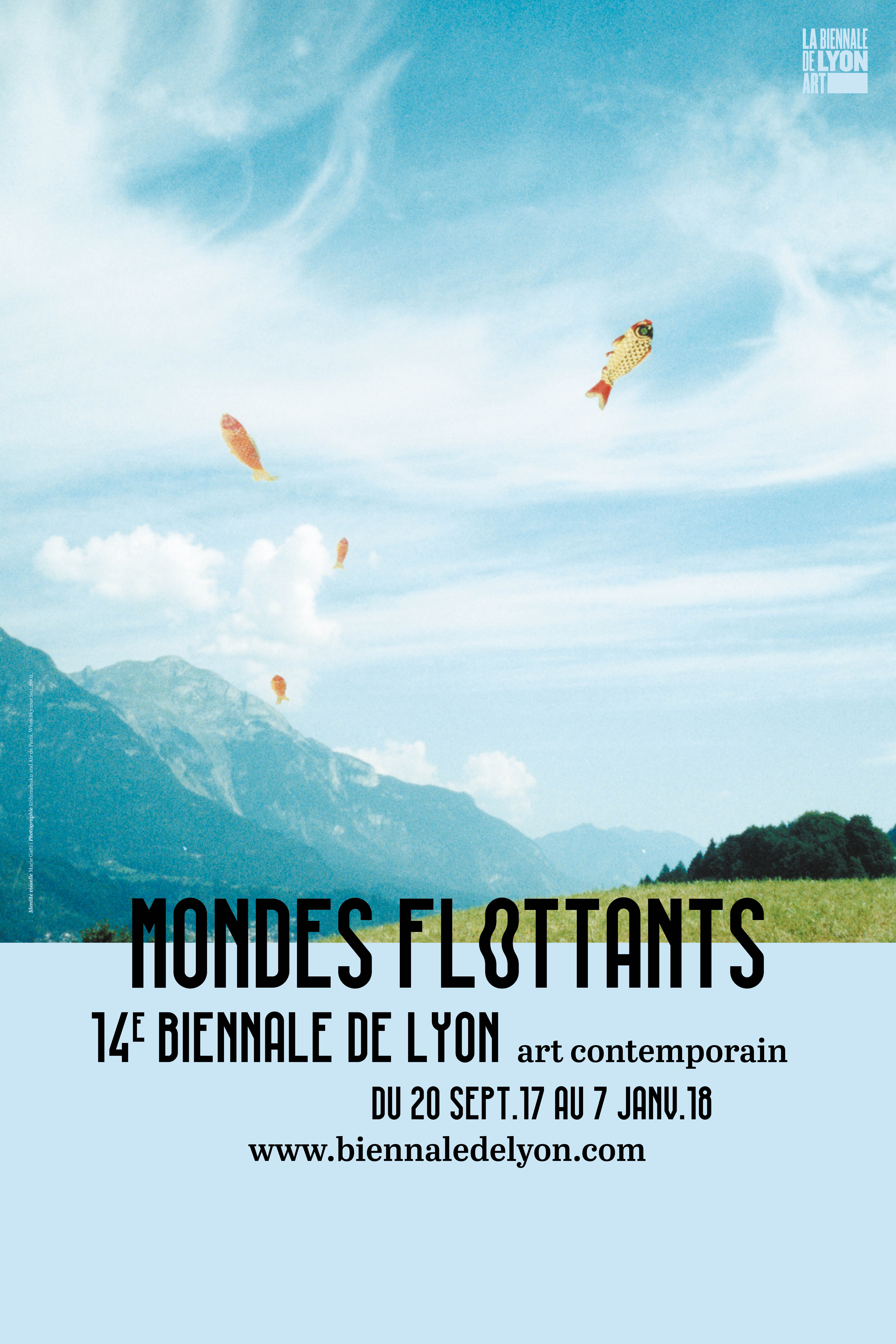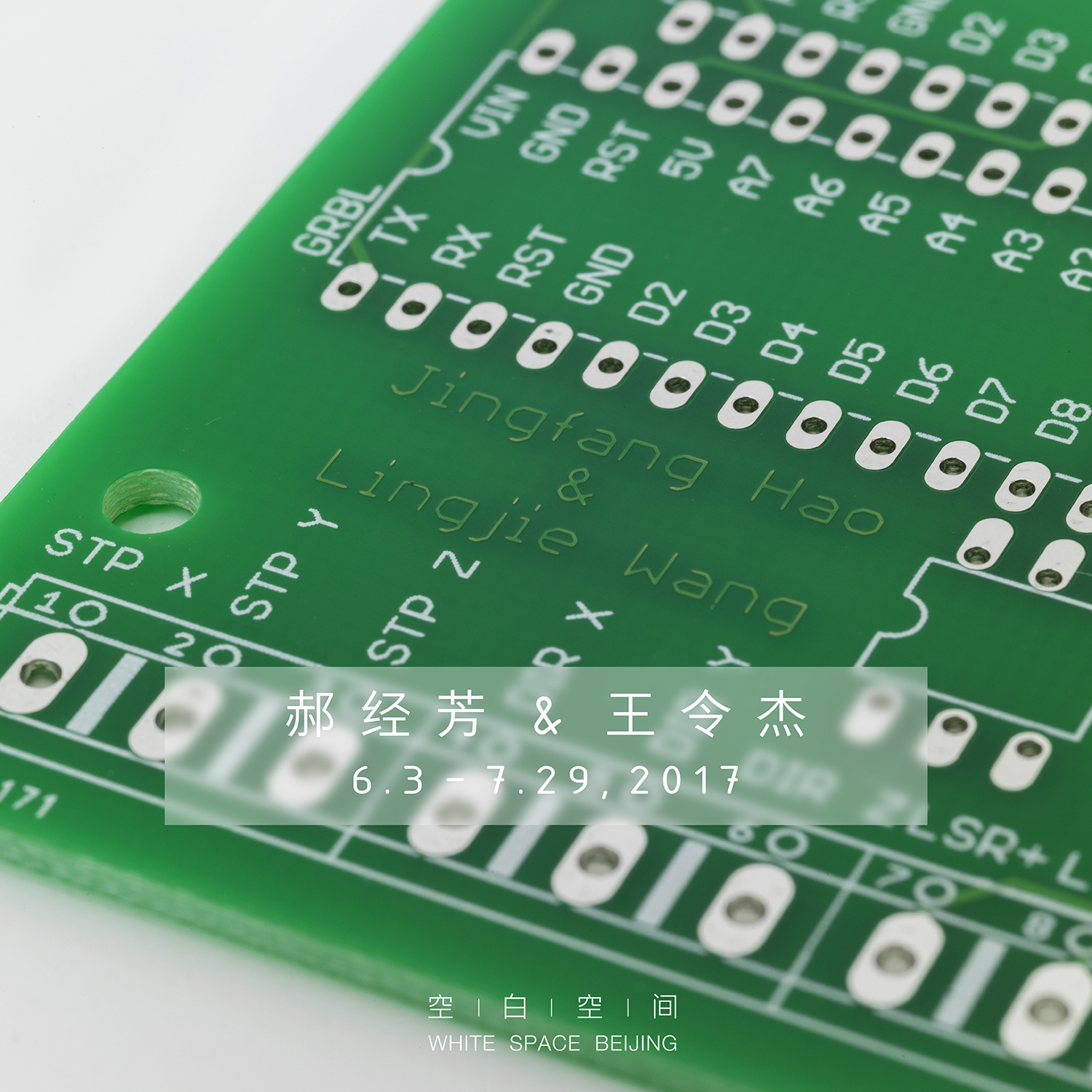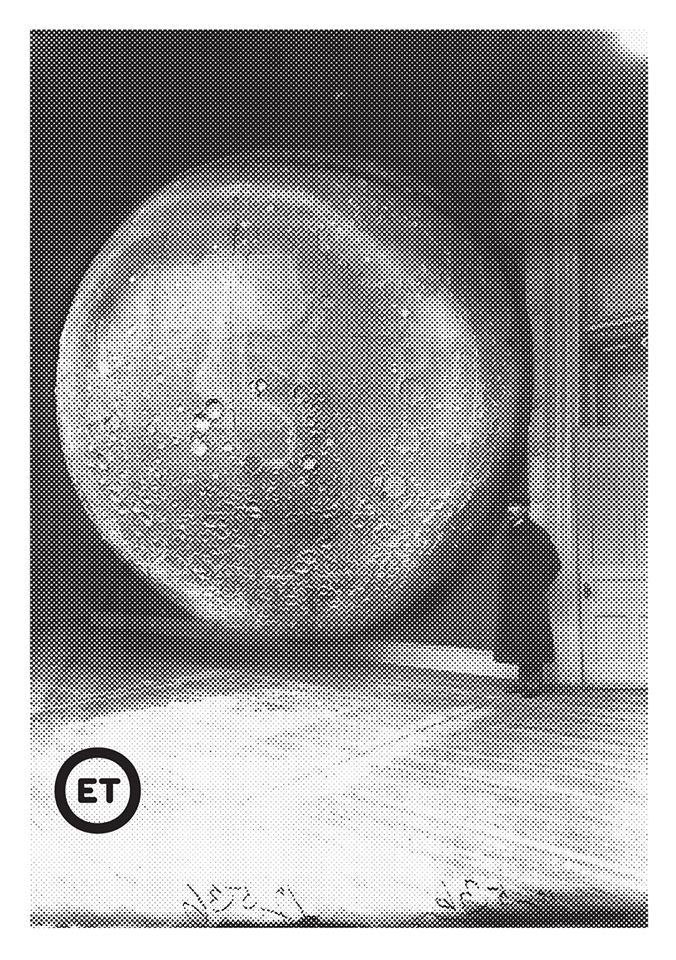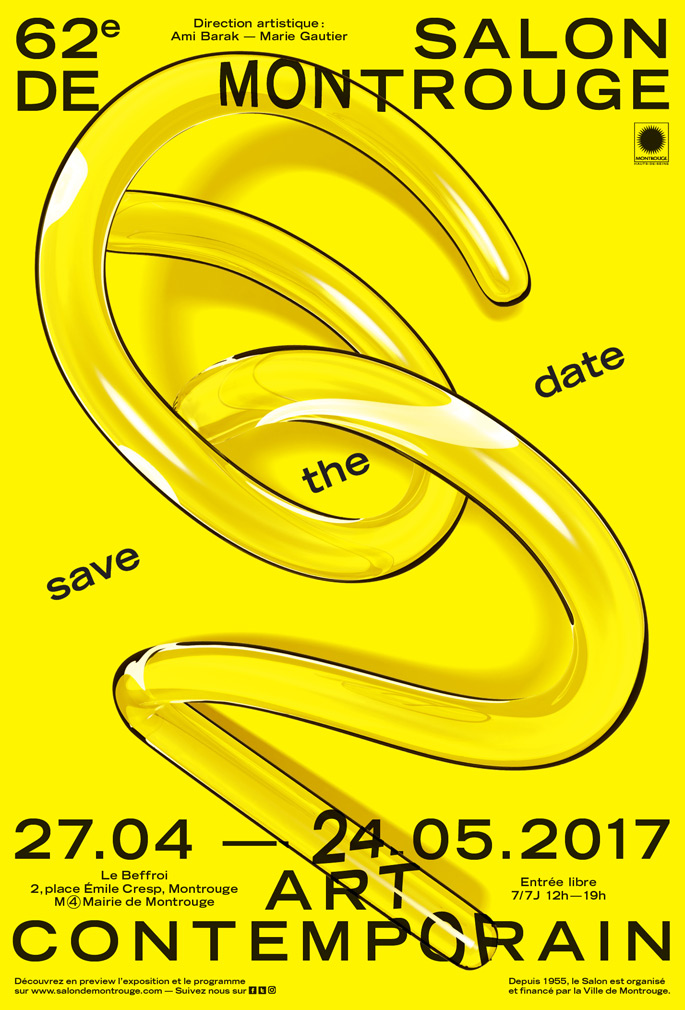Floating worlds
By Emma Lavigne, Guest curator
Since its creation in 1991, Thierry Raspail, Artistic Director of the Biennale de Lyon, has asked each guest curator to think about a keyword, assigned for three editions. The 2017 Biennale de Lyon is the second volume of a trilogy around the word “modernity”, and it was with this word that Thierry Raspail invited Emma Lavigne, director of the Centre Pompidou-Metz, to imagine this 14th edition, at the Sucrière and macLYON from 20 September 2017 to 07 January 2018.
“Modernity is the transient, the fleeting, the contingent; it is one half of art, the other being the eternal and the immovable.”
Charles Baudelaire
In a context of relentless globalization, generating constant mobility and accelerated flow – the “liquidity” of the world and of identities in Zygmunt Bauman’s analysis –, the Biennale is exploring the legacy and scope of the concept of “modernity” in the art of our time. We have taken the poet Baudelaire’s definition of modernity as «the transient, the fleeting, the contingent; one half of art, the other being the eternal and the immovable.”
The Biennale unfolds as an atmospheric and expanding, mobile landscape that is constantly reconfiguring itself in the manner of some of the masterpieces of modernity from the Centre Pompidou (National Museum of Modern Art) – here celebrating its 40th anniversary. Calder’s random orchestration of shapes suspended in space, for example, or Fontana’s paintings that open out onto infinite cosmogonies. The White Cube cracks and metamorphoses into an organism, a constellation, in which, with artists such as Hans Arp and Ernesto Neto, Lygia Pape and Daniel Steegman Mangrané, art and space become biomorphic and lead on to projects that challenge the abstraction of European modernity in order to reassess its influence around the world. Like the white sail of Hans Haacke’s, Wide White Flow, or the kites of Shimabuku’s When Sky was Sea, a wind of radical uprisings, poetic effulgence and contemporary aesthetic incandescence has swept through the Floating worlds of the Biennale de Lyon.
Six trails link the artworks on show at the macLYON to the ones on show at La Sucrière and the dôme, place Antonin Poncet: Archipelago of Sensation, Expanded Poetry, Ocean of Sound, Electric Body, Inner Cosmos and Endless Circulation.
Art duo Jingfang Hao & Lingjie Wang create hybrid objects and environments. In Over the Rainbow, a rainbow created by light reflecting on the work’s iridescent surface is presented as a fleeting moment, to be captured. Visible only from certain standpoints, the arc moves with the viewer, then disappears. The resolutely minimalist installation underscores the delicacy of the apparition, and the sensory, meditative aspect of the work, focussing our attention on phenomena connected with the passage of time, shifting light, or the limits of human perception. All around, traces of lotus pollen evoke a contrasting, cyclical sense of time. Lotus pollen is the “male” component of the plant’s reproductive system, the essence of its future germination, but also its fossil: that which remains when the rest has rotted away, and which is capable of surviving for thousands of years. Historians and paleobotanists use pollens to analyse changes in the climate and species. Pollen also symbolises immanence, and the Buddhist concept of the three stages of existence: the past, present and future.
With generous backing from Cristallerie Saint-Louis
©DR
 Fr
Fr 中文
中文